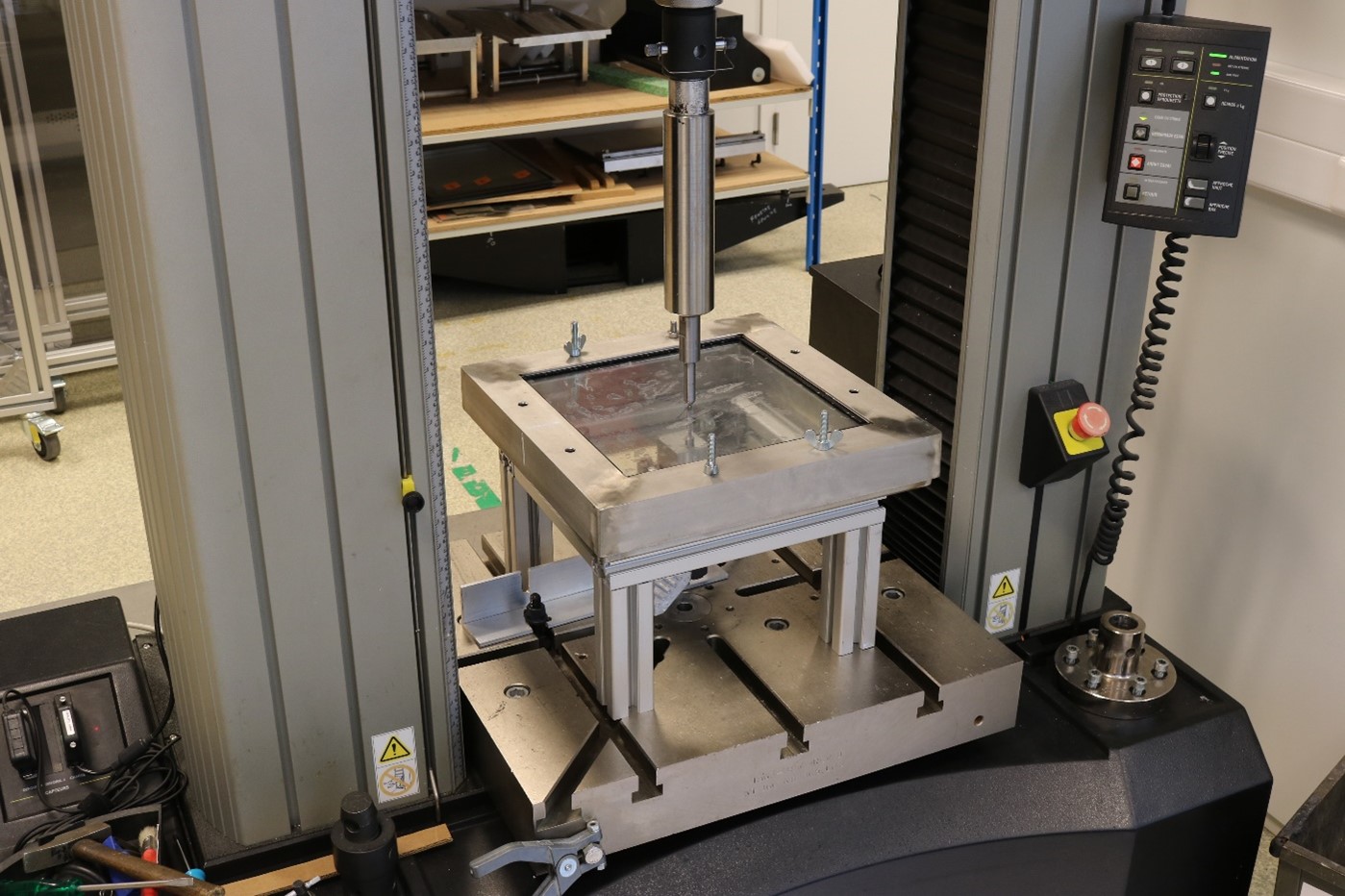Abstract
Enclos has identified a novel technique to substantially stiffen glass via prestress. Significant reductions in deflection of thin glass have been demonstrated numerically and on prototype mockups using this technique. The potential integration of this technology with glass such as AGC’s Falcon Glass presents opportunities for performance improvement and material optimization. This study examines prestressed glass specimens which are 0.5mm, 1.1mm, and 2.1mm thick in comparison to glass of the same thicknesses that has not been enhanced by the novel stiffening method. The technology relies on a prestress pattern generated by cold-forming a double-curved surface into a flat pane. Unlike most cold-warping that starts with a flat sheet of glass deformed to a final warped surface, this approach begins with a hot-formed glass shape that is flattened elastically to a planar lite. The process results in a pattern of membrane prestress contained within the glass. As a result of the deformation, the center region of the glass is put into tension, which is balanced by regions of compression within the glass at the perimeter, adjacent to the frame. The membrane tension region that develops increases the glass stiffness for deflections out-of-plane, in a similar manner to the way tensioning a cable generates higher stiffness to resist applied lateral loads acting on it. Numerical models and test results from Enclos and AGC are presented in this study.
Published
Issue
Section
Thin Glass
License
Copyright (c) 2024 Austin Bensend, Marco Zaccaria

This work is licensed under a Creative Commons Attribution 4.0 International License.




